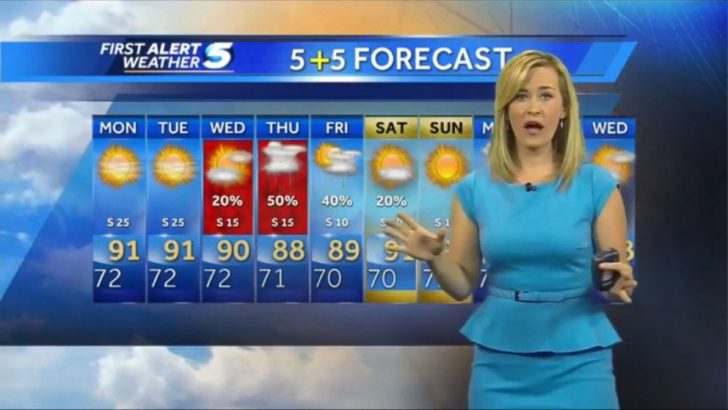Ever wonder what goes on behind the scenes of weather channels? How do they seem to know what the weather will be like before you even step out the door? Well, it is more complex than just reading the temperature. Weather forecasting is a mix of cutting-edge technology, expert analysis, and a little bit of science magic.
Here is what really happens behind the scenes of weather channels:
Behind the Scenes of Weather Channels
The first step behind the scenes of weather channels is all about understanding what is happening right now. Meteorologists pull up the latest satellite images, radar data, and surface observations. These tools give them a snapshot of the current weather conditions across different layers of the atmosphere – from the surface up to where jets fly.

Satellites orbiting the Earth provide visual and infrared images, showing cloud cover, storm development, and even temperature differences on the ground. Radars send out signals that bounce off raindrops, snowflakes, or hailstones. This helps meteorologists see where precipitation is happening and how intense it is.
Once the current conditions are clear, the real forecasting work begins. Meteorologists rely on forecast models: Complex computer programs that simulate the atmosphere. These models analyze data from various sources, like satellites, weather stations, and even aircraft, to predict how weather patterns will evolve.
Here is the tricky part: Different models can show different outcomes, especially for forecasts several days in advance. This is because each model uses different assumptions and data inputs, leading to multiple possible weather scenarios.
How Meteorologists Choose the Right Model
So, how do meteorologists decide which model to trust? This is where their expertise comes into play. Behind the scenes of weather channels, meteorologists compare different models, looking for consistencies or trends. They also draw on their deep understanding of atmospheric science to interpret the data.

This process is part science, part art. That is why forecasts can vary slightly between different weather channels.
Customization and Communication Are Pivotal!
Once a forecast is developed, the next step is making it viewer-friendly. Behind the scenes of weather channels, meteorologists update their systems with the latest data and then create the graphics you see on TV. These graphics are customized to communicate the forecast clearly and effectively.
Meteorologists do not rely on teleprompters when presenting the weather. Instead, they speak directly to the audience, often improvising based on what they see on monitors around them.
Delivering the Forecast
After all the data has been analyzed and the graphics prepared, it is finally showtime. Behind the scenes of weather channels, the meteorologist steps in front of the camera to deliver the forecast. They must be clear, concise, and engaging, translating complex scientific data into information that is easy for everyone to understand.
But the job does not end when the segment is over. Meteorologists continue to monitor the weather, ready to provide updates or even issue warnings if conditions change. It is a never-ending cycle of observation, analysis, and communication, all driven by a commitment to accuracy and public service.




